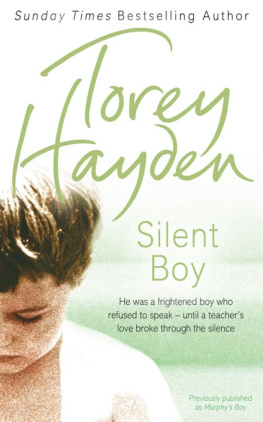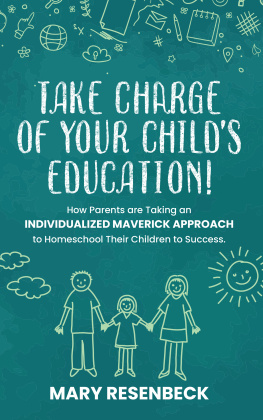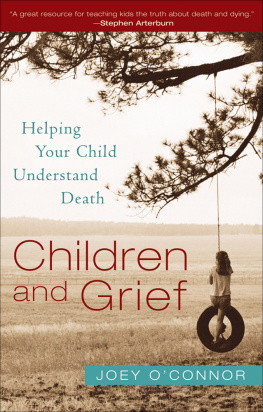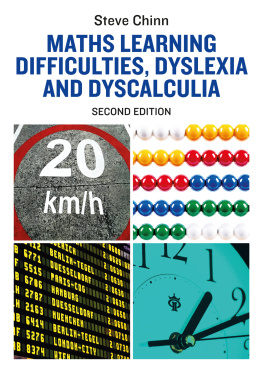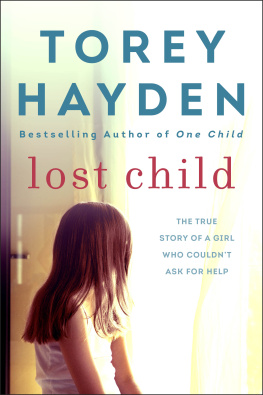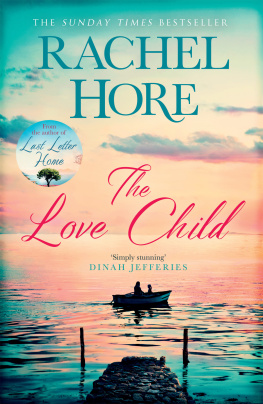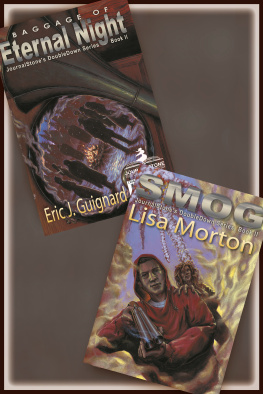All the children Ive worked with and their parents. This book might well have been titled Lessons from Children.
My husband, Cal, for standing by, putting up with, and continuing to encourage me.
My daughter Susan, for reading every word of every draft and for offering insights, comments, and unfaltering faith.
My daughter Nan, for joining me in private practice, and sharing her talent for growing children.
Fredrica S. Friedman, my current editor, for her hard work, enthusiasm, and careful guidance of this book in its final stages.
Carl Brandt, my agent, for watching over my books, both here and in other countries.
Ruth Watson, for reading, typing, and uncomplainingly retyping the many drafts of this book.
Maggie. Ten-year-old, bespectacled, beloved Maggie. She still couldnt tell time or remember her multiplication facts. She passed a spelling test if she studied the words long and hard, but a week later she was unable to spell most of the words on the test. But Maggie was desperately eager to learn and I was desperately lonely for children, which was why I was tutoring Maggie and a few others until I could get my working papers and return to teaching.
I was back in college now, not by choice, but by necessity. The private school where I had taught seriously emotionally disturbed children full time for over six years had become state approved, which meant that by law its teachers must be certified. I had left college 25 years before to be married at the end of my sophomore year, and, although I had been taking courses at night, these credits accumulate slowly and the school had its state approval before I did. I could not teach again until I had a bachelors degree in education and teacher certification.
I decided to do it the quickest way I knew by enrolling full time at the state college. Cal, my husband, supported and encouraged me. Our children were all grown, and some were in college themselves, the same age as my fellow students.
Continuing education for women was not yet popular, and I moved through my days in a sea of twenty-year-olds and dull undergraduate courses. That was okay. But as an education major I had expected to be surrounded by children. Not so. There were plenty of lectures, textbooks, quizzes, term papers, and tests but no children. In the spring of our senior year, we would be sent into schools for six weeks as student teachers, but that was almost two years away and I knew that I couldnt wait that long to work with children again.
Before returning to college I had been teaching schizophrenic and autistic children in a small private school, and during those years I had come to love both the staff and the children. The children had been the beginning and end of my days, and without them there was an emptiness that nothing else could fill.
Consequently, when a psychologist Id known at that little school asked if Id be interested in tutoring, I jumped at the chance, sandwiching sessions with children between my college courses. And so, without plan or conscious intent, I began to work with a type of child I hadnt known before.
The first child to come was Bobby seven years old, in second grade in public school, and seemingly bright, but totally unable to read. When I asked the psychologist who had sent Bobby to me how this could be, he shrugged and replied, Suspected minimal brain damage.
Brain damage? The words hit hard. Bobby? I couldnt believe it. Bobby was bright, alert, bubbling with life, understanding subtleties without explanation it didnt seem possible that his brain could be damaged. What I didnt know then was that in the late sixties and early seventies, learning disabilities was a new field and such medical terms as brain damage and minimal brain dysfunction were often still used. Now educators would use words like dyslexic or learning disabled to describe a child like Bobby.
In any event, I was sure that Bobby could learn to read. A friend helped me find an unused room in a nearby church, and Bobby and I met there twice a week. Almost immediately, he began to read. Not on grade level, of course, but within a few weeks he knew both the sounds and the names of the consonants, then the short sounds of a and i and before one season changed to the next he could not only read, A fat cat ran to a pit, he could write it as well.
It was a heady experience to be part of such phenomenal growth. Phenomenal to me, at least. I was used to months, sometimes years, of struggle before a child could acquire what Bobby learned in a few weeks time.
It was not that I was doing anything so special. I was teaching the way I always had moving slowly, sequentially making sure each session ended with success. It was Bobby who was taking off, all by himself, and I was so caught up in the delight of his learning that I could hardly contain myself. Working with Bobby was my first experience with a child with learning disabilities, although I did not know it then.
Soon a friend asked if I would help Nancy, and someone else sent Henry, and Henrys mom referred Peter. And then a teacher who was also a friend sent me Maggie, and without knowing it she changed the course of my life. Maggie was small with a narrow little face and brown curly hair. She was a quiet, intense little girl, not especially pretty except when unexpectedly something she had been working on long and hard became clear to her then her face lit up, and for a minute or two Maggie was beautiful.



